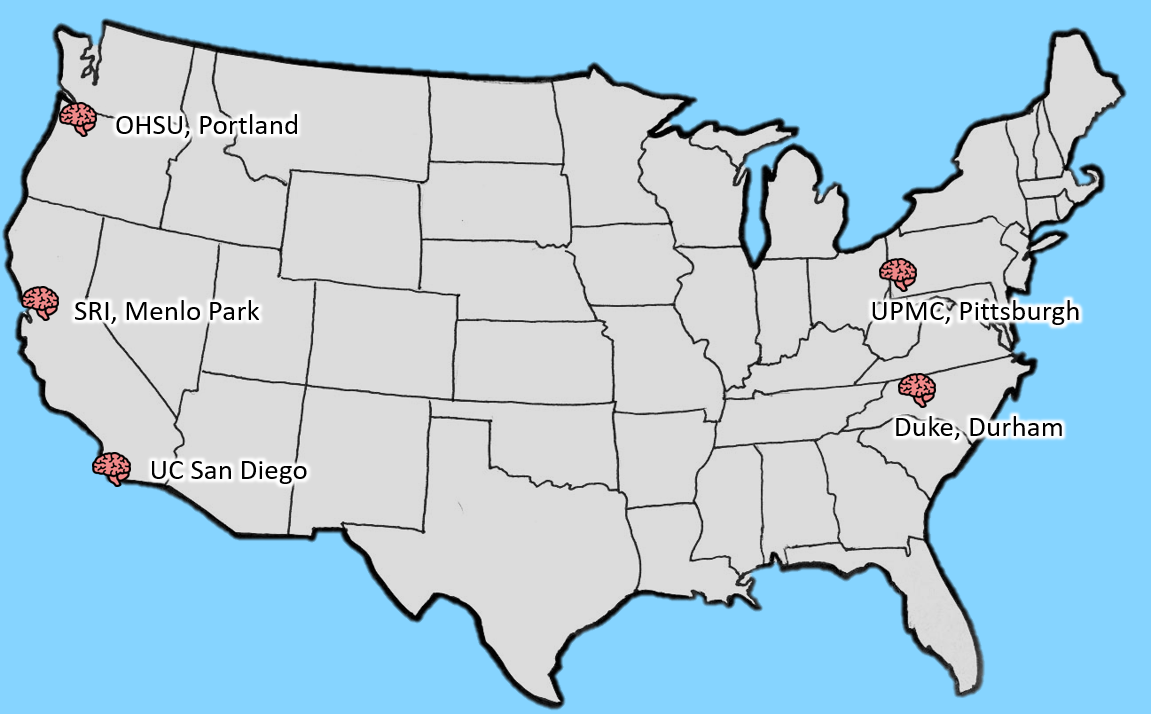OVERVIEW
The National Consortium on Alcohol and Neurodevelopment in Adolescence (NCANDA) is determining the effects of alcohol use on the brain throughout adolescence and into adulthood. This consortium was designed to provide a nationally representative sample of adolescents and to integrate the diverse scientific expertise and research experience with youth represented by researchers at each site. Recruited at ages 12 through 21, a high-risk enhanced community sample of 831 subjects have completed a baseline assessment and subsequent follow-up assessments since 2013 in an accelerated longitudinal design. At each visit, a multimodal MRI protocol, comprehensive neuropsychological battery, and assessment of alcohol use and related problems, along with other substance involvement, mental health symptoms, and other risk factors, are measured. Brain imaging uses state-of-the-art high-resolution structural MRI (sMRI), diffusion tensor imaging (DTI), resting state MRI (rsMRI), and an anti-saccade or Stroop functional MRI task to capitalize on local expertise. The examination of alcohol consequences focuses on structural and functional maturation of brain areas that are actively developing during adolescence and into adulthood, involved in psychological regulation, responsive to rewards, and thought to be vulnerable to toxic alcohol effects. Each of the five research sites collaborates with another site on additional projects and aims. Examined in the context of risks and baseline brain characteristics, NCANDA is examining the effects of alcohol exposure on the developmental trajectory of the human brain from adolscence to adulthood, and identify preexisting psychobiological vulnerabilities that may put an adolescent at greater risk for an alcohol use disorder.


